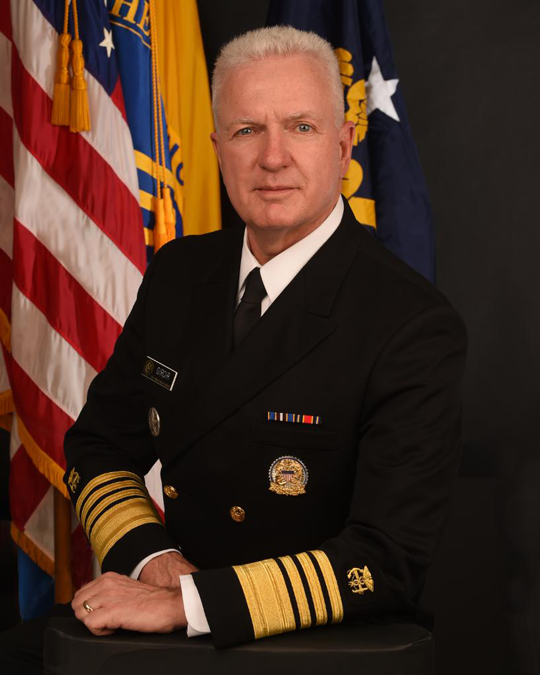HHS Federal Plan to Tackle Rising Rates of Sexually Transmitted Infections

Cross-posted from U.S. Department of Health & Human Services
Sexually transmitted infections (STIs) in the United States have increased over the past five years, with a record-breaking number of cases, according to the CDC's latest Sexually Transmitted Disease Surveillance report, released today. STIs are now a public health crisis. Many STIs do not have symptoms, but when left undetected and untreated they can lead to serious health consequences. One of the most common STIs, human papillomavirus (HPV), can lead to six types of cancer. Untreated syphilis in pregnant women can lead to miscarriage or stillbirth; when passed to newborn babies—an occurrence that has increased by 40% over the past year—syphilis can result in severe, lifelong health problems. Chlamydia and gonorrhea can cause urethritis, pelvic inflammatory disease and infertility; and possibly an increased risk of ovarian cancer. In addition, STIs can increase the risk of HIV transmission.
This persistent national trend of increasing STI rates has profound implications for the health of all Americans. We have already begun to lead actions by federal, state, and local partners to reverse this public health epidemic. Although preventing STIs is a complex challenge that continues to evolve, there are a number of proven and innovative actions we are taking—such as improving HPV vaccination rates and STI screening and treatment rates—to prevent, diagnose, and treat these infections in the United States.
To achieve the greatest impact at the federal level, HHS is advancing the first-ever STI Federal Action Plan (STI Plan) for STI prevention, diagnosis, care, and treatment. This effort spearheaded by my office, the Office of the Assistant Secretary for Health, brings together partners from nearly 20 federal agencies and offices. The plan will focus on the four most common STIs that together have the greatest health impact in the United States: chlamydia, gonorrhea, syphilis including congenital syphilis, and HPV. It will also tackle crosscutting issues including integration with other syndemics (two or more linked health problems) such as HIV and the opioid crisis, stigma and discrimination, disparities, and social determinants of health.
When we all work together toward a common goal, our impact is greater. That is why soliciting feedback from stakeholders has been a central component to the STI Plan's development. This year, HHS hosted six listening sessions with more than 1,000 participants representing nearly every state. We also published a Request for Information in the Federal Register, and in response we received more than 300 comments from a range of parties, including from healthcare providers, state and local health departments, tribal communities, and community- and faith- based organizations. This input is helping shape the STI Plan and ensure that its strategies are relevant and actionable, not just at the federal, but at local and state levels.
It is time to reverse the worrisome upward trend in sexually transmitted infections and the STI Plan will help lead the way. You can stay up-to-date on the plan by following the STI Plan Announcements page and the #STIPlan hashtag.